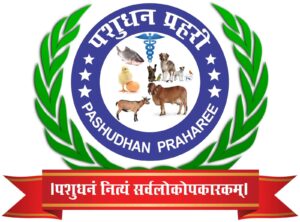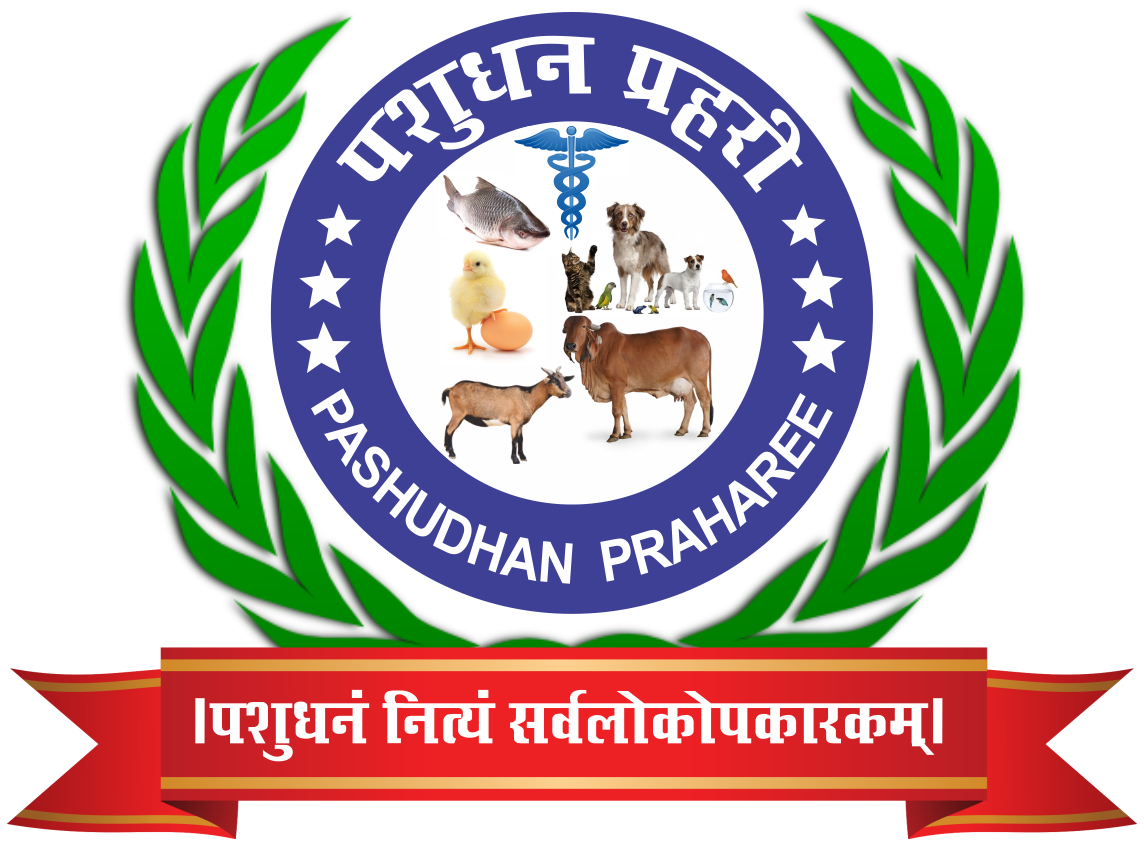AI-Powered Guardian for Poultry Farms: Need of the Hour for the Containment of Bird Flu Circulation in the Indian Context
Introduction
Avian Influenza (AI), commonly known as bird flu, poses a significant threat to India’s poultry industry, affecting both economic stability and public health. Implementing robust biosecurity measures is essential to control and contain AI outbreaks. The integration of Artificial Intelligence (AI) into biosecurity protocols offers innovative solutions to enhance disease surveillance, early detection, and response strategies in commercial poultry farms across India.
India has one of the largest poultry industries in the world, providing a crucial source of nutrition and livelihood for millions. However, the recurring outbreaks of avian influenza (Bird Flu) pose a serious threat to poultry health, farm economics, and public safety. The need for an AI-powered guardian to monitor, predict, and contain bird flu has never been more critical. By leveraging Artificial Intelligence (AI), Internet of Things (IoT), and data analytics, India can significantly improve its poultry disease surveillance and containment strategies.
Understanding Bird Flu and Its Impact in India
Bird flu, caused by the Highly Pathogenic Avian Influenza (HPAI) virus, spreads rapidly in poultry farms, resulting in high mortality rates. The disease not only affects farm economics but also poses a zoonotic risk, threatening human health. Over the years, India has witnessed several outbreaks leading to mass culling, economic losses, and restrictions on poultry trade.
Applications of Artificial Intelligence in Poultry Farm Biosecurity
-
- Early Disease Detection and Monitoring
- Behavioral Analysis: AI systems can process data from cameras and sensors to monitor poultry behavior in real-time. Deviations in movement patterns, feeding habits, or social interactions may indicate early signs of illness, enabling prompt intervention.
- Thermal Imaging: Utilizing AI-driven thermal cameras allows for the detection of abnormal body temperatures in birds, a common symptom of infections like AI. Early identification facilitates immediate isolation and treatment of affected birds.
- Predictive Analytics for Outbreak Prevention
- Environmental Monitoring: AI models can analyze environmental data—such as temperature, humidity, and air quality—to predict conditions conducive to AI virus survival and transmission. This enables farmers to implement preventive measures proactively.
- Pattern Recognition: Machine learning algorithms can assess historical outbreak data to identify patterns and risk factors, aiding in the development of targeted biosecurity protocols.
- Automated Biosecurity Protocols
- Access Control Systems: AI-powered systems can regulate and monitor farm access points, ensuring that only authorized personnel enter sensitive areas. Facial recognition and biometric scanning reduce the risk of human-mediated disease introduction.
- Sanitization Automation: Integrating AI with IoT devices enables automated disinfection processes, such as activating sanitization sprays when vehicles or individuals enter the farm premises.
- Supply Chain Management
- Resource Optimization: AI can enhance the efficiency of supply chains during an outbreak, helping reduce food security risks in rural areas dependent on poultry farming. By analyzing consumer demand and logistics, AI-based systems can better manage resources and maintain market stability.
- Early Disease Detection and Monitoring
- Challenges and Considerations
-
- Data Privacy and Security: Implementing AI systems necessitates the collection and storage of vast amounts of data, raising concerns about data privacy and protection.
- Infrastructure and Cost: The initial investment in AI technology and the required infrastructure may be prohibitive for small-scale farmers.
- Technical Expertise: Effective deployment of AI solutions requires skilled personnel for system management and maintenance, highlighting the need for training programs.
Need for AI-Powered Solutions in Containing Bird Flu
- Early Detection and Monitoring
- AI can analyze real-time farm data from IoT sensors, cameras, and thermal imaging to detect abnormal bird behavior.
- AI-powered predictive models can identify patterns indicating early signs of disease, allowing for swift intervention.
- Automated Surveillance and Biosecurity
- AI-integrated CCTV surveillance with behavior analysis can detect illness-related symptoms such as reduced movement, appetite loss, and lethargy.
- Smart AI-driven disinfection systems can activate automatically in high-risk areas.
- Data-Driven Disease Prediction Models
- AI can analyze past outbreaks and climatic conditions to predict future high-risk zones.
- AI-based models assist government agencies in planning vaccination and culling strategies.
- Smart Quarantine and Response Mechanisms
- AI can automate farm lockdown protocols, restricting movement when an outbreak is detected.
- AI-integrated drones and robots can assist in safe sampling and culling during outbreaks.
- Reducing Antibiotic Misuse and Ensuring Food Safety
- AI-based diagnostics help farmers differentiate between bacterial infections and viral flu, reducing unnecessary antibiotic usage.
- AI tools ensure safe poultry products by detecting contamination before they reach consumers.
Challenges in Implementing AI in Indian Poultry Farms
- High Initial Cost: Many small-scale farmers lack the resources to invest in AI-driven solutions.
- Digital Illiteracy: Rural farmers may struggle with adopting AI-based farm management tools.
- Data Availability: Lack of centralized farm health data makes it difficult for AI systems to develop precise models.
- Regulatory Barriers: The use of AI-driven surveillance and automation needs policy support from the government.
Government Initiatives and Future Prospects
- Integration of AI in National Avian Influenza Surveillance Programs.
- Public-Private Partnerships (PPP) to make AI-powered solutions affordable for small farmers.
- Incentivizing AI adoption in poultry farming through subsidies and training programs.
Conclusion
The threat of Bird Flu in India requires an urgent technological intervention. AI-powered guardians can revolutionize poultry farm management by detecting outbreaks early, ensuring biosecurity, and preventing economic losses. With the right policies, infrastructure, and farmer training, AI can become an essential tool in India’s poultry industry for long-term disease containment and food safety.
In conclusion, the application of Artificial Intelligence in enhancing biosecurity measures presents a promising avenue for controlling and containing Avian Influenza in India’s commercial poultry farms. By facilitating early detection, predictive analytics, and automated responses, AI can significantly bolster the resilience of the poultry industry against AI outbreaks.



